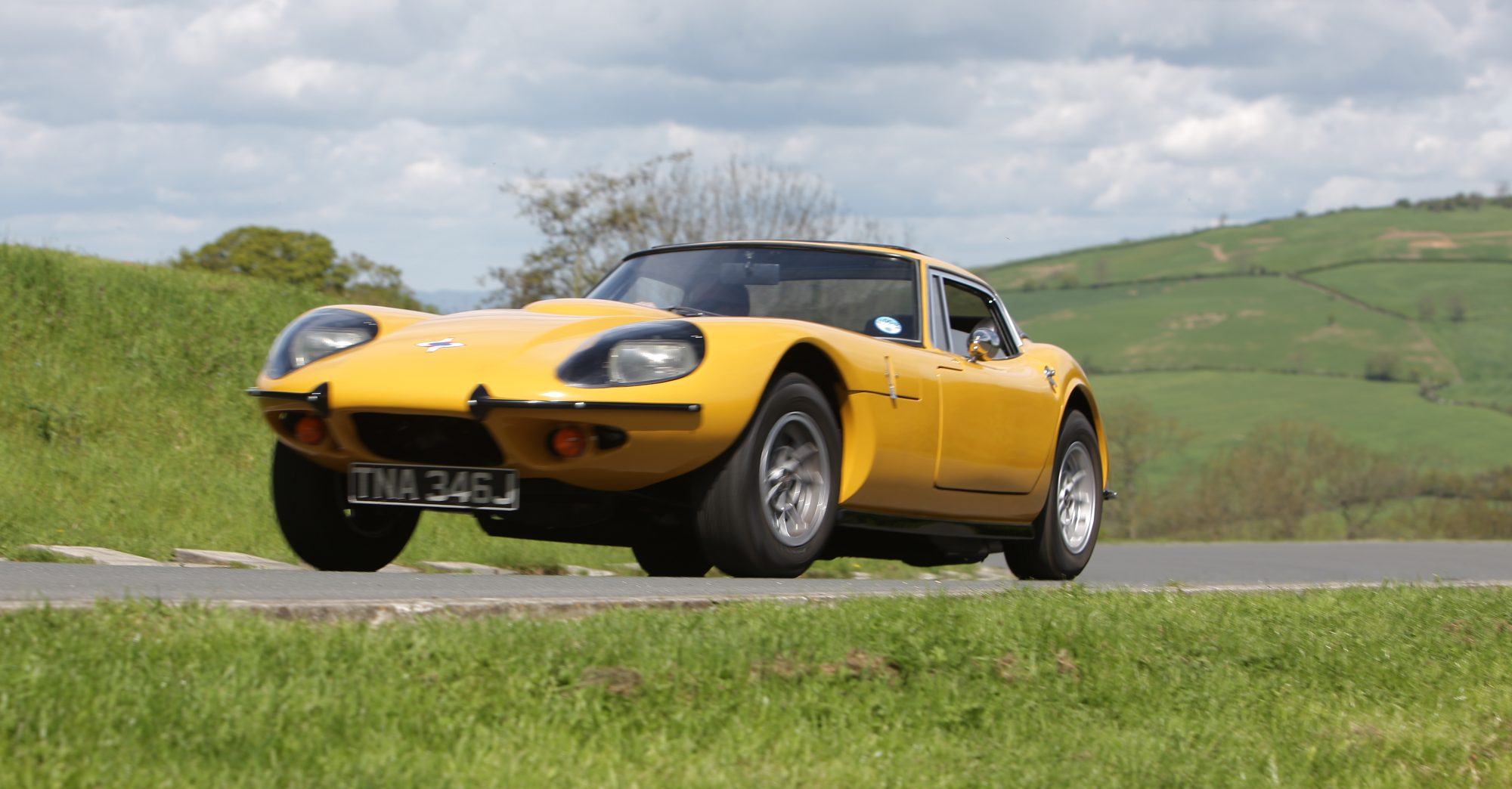Not much has really happened on the car front as it’s hard to get motivated when it’s so cold out in the garage. Currently I’m waiting for a new gasket set so I can fix the oil leak on the gearbox. One job I have made a start on is converting the rear radius rods to be adjustable. So far I’ve removed them from the car and I’m currently waiting for a machine shop to make a couple of threaded inserts that can be welded into the tube. With a bit of luck I should be able to get these next week. The other area I’ve been looking at is front suspension geometry. I have already decided that I plan to make the top wishbones on my car adjustable so I can set the camber and caster of the front suspension more accurately.
While doing some research on the internet I found this suspension analysis software. You can download the software and try the full version free of charge for 10 day. As it was free and I had nothing better to do with my time I made of few rough measurements of the front suspension and entered it into the software. The one issue/inaccuracy I’ve found with the software so far is that it expects ball joints to be used on the front upright. As the Marcos uses trunnions it’s not really possible to model the suspension 100% accurately. However with adjusting the pivot points I found that it makes very little difference to the results adjusting the bottom pivot point.
The one area I was really interested in calculating was the bump steer as it has been reported that this is a problem on Marcos cars. So far the only adjustments I’ve tried altering in the software is the rack width (distance between the ball joints on the rack) and the height that the track rod end attaches to the steering arm. There is a copy of an article from a MOC magazine in the download section of my site that discusses how to calculate the ideal steering rack width. It would be possible to make lots of other adjustments but most of these would be very difficult or impossible to actually implement due to the current design of the front of the car.
The photo below shows a chart comparing the bump steer with different modifications made. The 2 changes I made to the model were to shorten the rack width by 50mm. This value was chosen as it is the same amount as the width of the spacers that Marcos Car’s fitted to the steering rack to stop the wheels rubbing on the body. Although the calculations show that the rack should be made even shorter I think this would actually be impossible without having to adjust how the steering rack mounts to the car. The other modification I simulated was adjusting the height the track rod end attaches to the steering arm. In the simulation I raised the attachment point by 2.4cm to get the improvements I wanted. In practice this could be implemented very easily with a modification shown in the second photo below.
Now all this theory is great but the only real way of knowing if the simulation is accurate or not is to go and measure the bump steer on the car (looks like I’ll have to make myself a bump steer gauge now). If the real measurements are similar to the simulation I will at least know what to modify to improve the situation.


